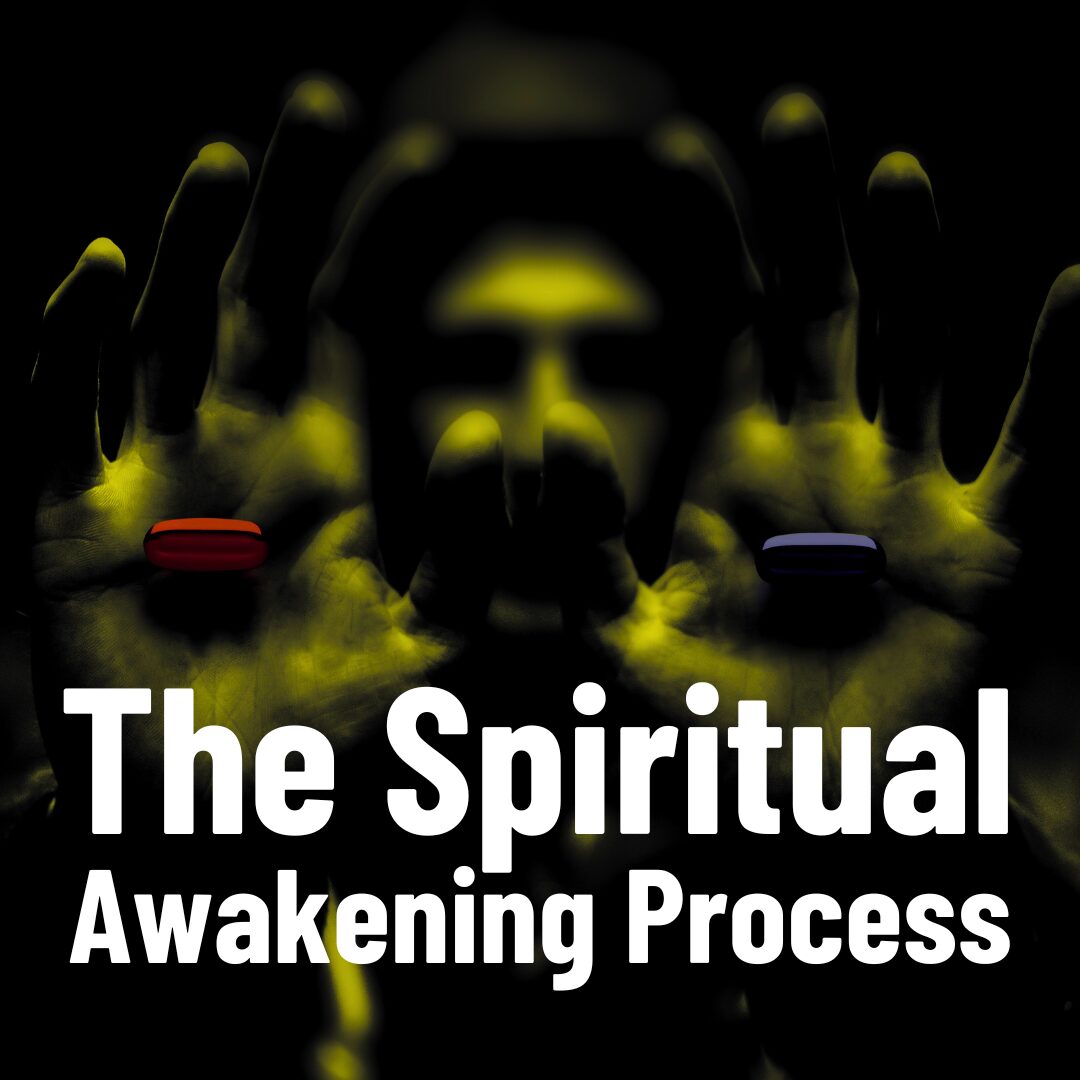Introduction
Shamanism is an ancient spiritual practice that involves connecting with the natural world and the spiritual realm. One of the central practices of shamanism is soul retrieval, which involves retrieving lost or fragmented parts of the soul. In this article, we will explore the concept of shamanic soul retrieval in more detail and discuss how it can benefit those seeking healing and wholeness.
The Concept of Soul Loss
According to shamanic belief, soul loss occurs when a person experiences a traumatic event, such as abuse, illness, or the loss of a loved one. During such experiences, a part of the person’s soul may separate from the body as a way of protecting itself from further harm. This can lead to feelings of disconnection, emptiness, and a sense of not feeling fully alive.
The Role of the Shaman
Shamans are believed to have the ability to travel between the physical and spiritual worlds and communicate with spirits, including those of lost or fragmented soul parts. They use various techniques, such as drumming, chanting, and visualization, to enter into a trance-like state and access the spiritual realm. Once there, they can locate and retrieve the missing soul parts, bringing them back to the person to reintegrate them into their being.
The Process of Soul Retrieval
The process of shamanic soul retrieval typically involves several steps. First, the person seeking healing meets with the shaman to discuss their situation and identify any traumatic events that may have led to soul loss. The shaman then enters into a trance-like state and travels to the spiritual realm to locate the lost soul parts. Once found, the shaman brings them back to the person and helps them integrate the parts back into their being.
The Benefits of Soul Retrieval
There are many potential benefits to undergoing shamanic soul retrieval. Some people report feeling a greater sense of wholeness and integration, as well as a renewed sense of purpose and vitality. Others may experience a reduction in symptoms related to trauma, such as anxiety, depression, and PTSD. Additionally, some people report feeling more connected to their spiritual path and a deeper sense of connection with the natural world.
Preparing for Soul Retrieval
Before undergoing shamanic soul retrieval, it is important to prepare oneself mentally, emotionally, and spiritually. This may involve setting an intention for the healing process, engaging in self-care practices such as meditation or journaling, and clearing one’s schedule to allow for ample time for rest and reflection after the session.
What to Expect During a Soul Retrieval Session
During a soul retrieval session, the person seeking healing may lie down or sit comfortably while the shaman performs the necessary rituals and techniques to enter into a trance-like state. The person may experience various sensations, such as warmth, tingling, or visions, as the shaman works to locate and retrieve the lost soul parts. After the session, the person may feel a range of emotions, including relief, gratitude, and a sense of greater wholeness.
Aftercare and Integration
After a soul retrieval session, it is important to engage in self-care practices to support the integration of the retrieved soul parts. This may include getting plenty of rest, eating nourishing foods, engaging in gentle exercise, and spending time in nature. Additionally, it may be helpful to work with a therapist or spiritual guide to process any emotions or experiences that may arise after the session.
Limitations and Risks
While shamanic soul retrieval can be a powerful tool for healing and growth, it is not a substitute for medical or psychiatric care. It is important to work with a trained and experienced shaman or practitioner who can provide guidance and support throughout the process. Additionally, some people may experience intense emotions or memories during a session, and it is important to be prepared for this possibility and to have a support system in place.
Other Shamanic Healing Techniques
In addition to soul retrieval, shamanism offers a range of other healing techniques, such as energy healing, ritual purification, and divination. These practices can be used in combination with soul retrieval or on their own to support healing and growth.
Shamanic Soul Retrieval and Modern Psychology
While shamanism and modern psychology may seem like very different approaches to healing, there is increasing recognition of the potential benefits of integrating these approaches. Some therapists and practitioners are incorporating shamanic practices, such as soul retrieval, into their work with clients, and there is growing research supporting the effectiveness of these approaches.
Conclusion
A Shamanic soul retrieval is a powerful tool for reclaiming lost parts of the self and promoting healing and growth. By working with a trained and experienced shaman or practitioner, individuals can access the spiritual realm and retrieve missing soul parts, bringing them back into the body and reintegrating them into the self. While shamanism is not a substitute for medical or psychiatric care, it can be a valuable complement to these approaches and offer a unique and holistic perspective on healing and growth.
FAQs
What is Shamanism?
Shamanism is an ancient spiritual practice that involves connecting with the natural world and the spiritual realm. It involves working with spirits and other entities to promote healing and growth.
What is soul loss?
Soul loss is a concept in shamanism that refers to the separation of a part of the soul from the body as a result of a traumatic event.
What is soul retrieval?
Soul retrieval is a shamanic practice that involves retrieving lost or fragmented parts of the soul and reintegrating them into the body and psyche.
What are the benefits of soul retrieval?
Soul retrieval can promote a greater sense of wholeness and integration, reduce symptoms related to trauma, and deepen one’s connection to the spiritual realm and natural world.
What should I expect during a soul retrieval session?
During a soul retrieval session, you may lie down or sit comfortably while the shaman performs the necessary rituals and techniques to enter into a trance-like state. You may experience various sensations, such as warmth, tingling, or visions, as the shaman works to locate and retrieve the lost soul parts.
Is shamanism a substitute for medical or psychiatric care?
No, shamanism is not a substitute for medical or psychiatric care. It is important to work with a trained and experienced practitioner who can provide guidance and support throughout the healing process.
What other shamanic healing techniques are there?
Other shamanic healing techniques include energy healing, ritual purification, and divination, among others.
Can shamanic practices be integrated with modern psychology?
Yes, there is increasing recognition of the potential benefits of integrating shamanic practices with modern psychology. Some therapists and practitioners are incorporating shamanic practices, such as soul retrieval, into their work with clients.
Are there any risks associated with shamanic soul retrieval?
While shamanic soul retrieval can be a powerful tool for healing and growth, there are some risks to be aware of. Some people may experience intense emotions or memories during a session, and it is important to be prepared for this possibility and to have a support system in place. Additionally, it is important to work with a trained and experienced shaman or practitioner who can provide guidance and support throughout the process.
How do I prepare for a soul retrieval session?
Before undergoing shamanic soul retrieval, it is important to prepare oneself mentally, emotionally, and spiritually. This may involve setting an intention for the healing process, engaging in self-care practices such as meditation or journaling, and clearing one’s schedule to allow for ample time for rest and reflection after the session.
How can I support the integration of retrieved soul parts after a session?
After a soul retrieval session, it is important to engage in self-care practices to support the integration of the retrieved soul parts. This may include getting plenty of rest, eating nourishing foods, engaging in gentle exercise, and spending time in nature. Additionally, it may be helpful to work with a therapist or spiritual guide to process any emotions or experiences that may arise after the session.
Can soul retrieval help with symptoms related to trauma?
Yes, soul retrieval can be helpful in reducing symptoms related to trauma, such as anxiety, depression, and PTSD. By retrieving lost soul parts and reintegrating them into the self, individuals can experience a greater sense of wholeness and integration, which can in turn promote healing and growth.












